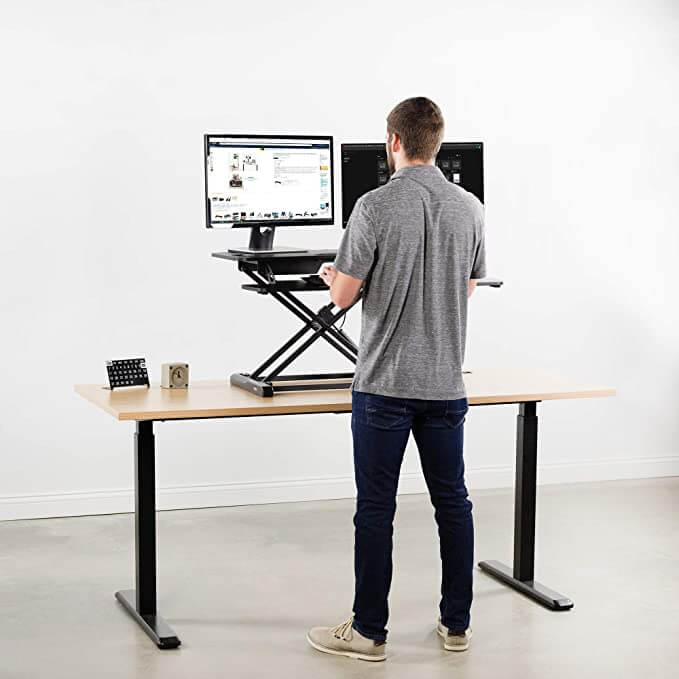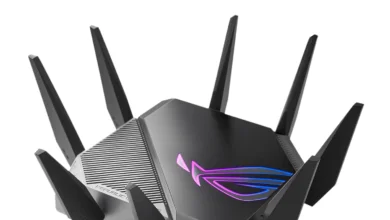The Pros and Cons of Building Your Own Computer: A Guide for Beginners
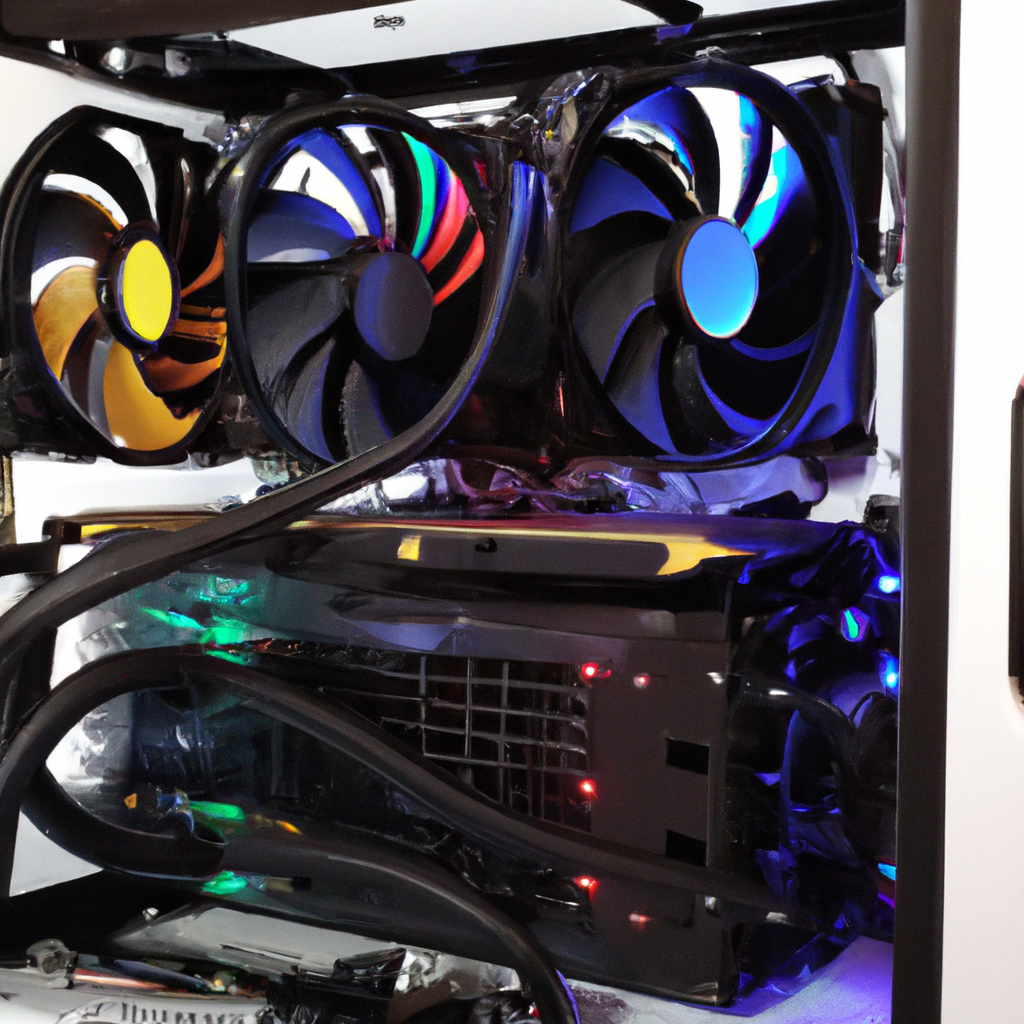
Introduction: The Benefits and Drawbacks of Building Your Own Computer
Building your own computer can be a rewarding experience, but it also comes with its own set of challenges. Before embarking on this journey, it’s important to weigh the pros and cons to determine if it’s the right choice for you.
On the one hand, building your own computer allows for customization and cost savings. You have complete control over the components you choose, which can result in a more powerful and efficient machine. Additionally, building your own computer can save you money compared to buying a pre-built option.
On the other hand, building your own computer requires technical knowledge and a significant time investment. If you’re not familiar with computer hardware, you may find the process overwhelming and frustrating. Additionally, troubleshooting issues during the build process can be time-consuming and stressful.
In this article, we’ll explore the pros and cons of building your own computer, what you need to consider when choosing components, a step-by-step guide for beginners, troubleshooting common issues, installing and configuring your operating system, maintaining and upgrading your DIY computer, and comparing DIY builds to pre-built options.
Pros of Building Your Own Computer: Customization and Cost Savings
One of the biggest advantages of building your own computer is customization. You have complete control over the components you choose, which means you can tailor your machine to your specific needs. For example, if you’re a gamer, you can prioritize a powerful graphics card and processor. If you’re a video editor, you can prioritize a large amount of RAM and storage.
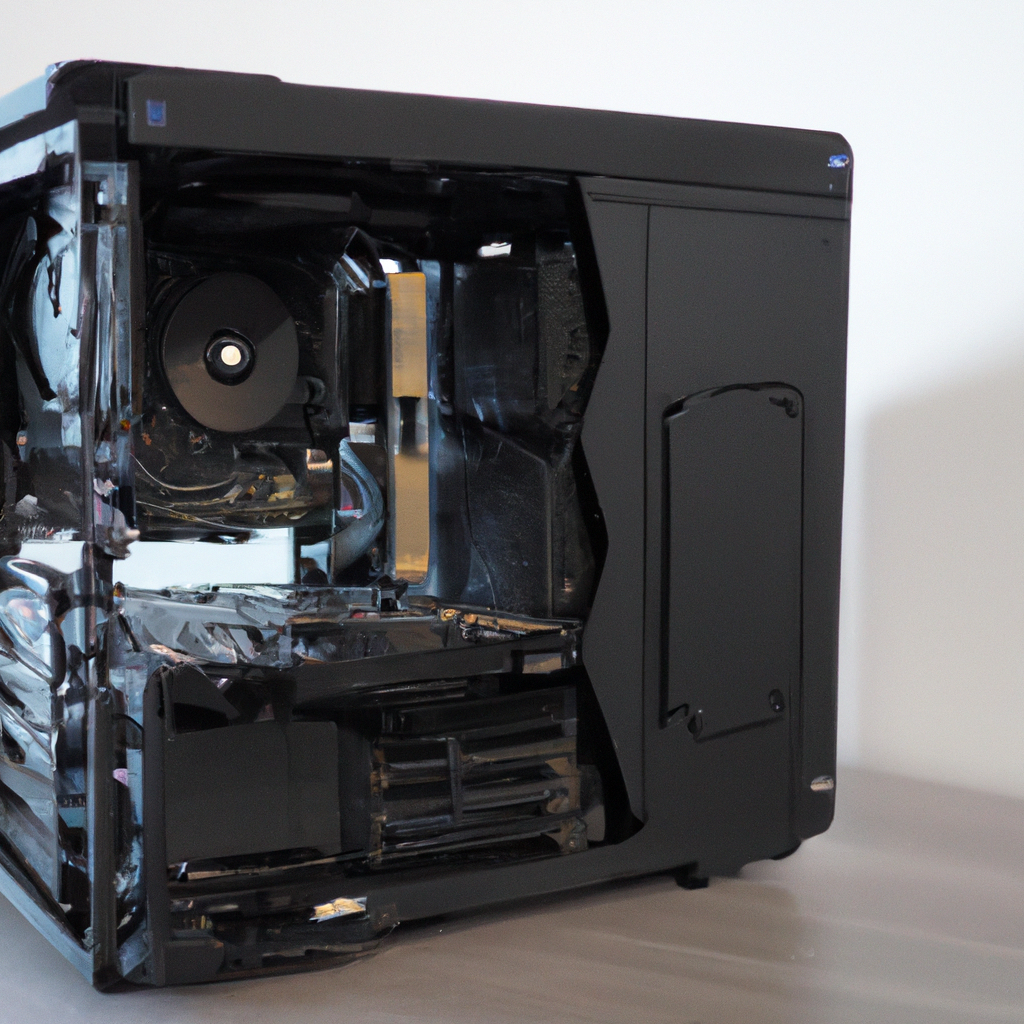
Customization also allows for future upgrades. If you build your own computer, you can easily swap out components as needed. This means you can extend the life of your machine without having to buy a completely new one.
Another advantage of building your own computer is cost savings. While it’s true that some pre-built options can be cheaper than building your own, this is often because they use lower-quality components. When you build your own computer, you can choose high-quality components that will last longer and perform better. Additionally, you can shop around for deals and discounts on individual components, which can save you money in the long run.
Cons of Building Your Own Computer: Technical Knowledge and Time Investment
While building your own computer has its advantages, it also requires technical knowledge and a significant time investment. If you’re not familiar with computer hardware, you may find the process overwhelming and frustrating. Additionally, troubleshooting issues during the build process can be time-consuming and stressful.
Building your own computer also requires research. You need to know which components are compatible with each other and which ones will work best for your specific needs. This can be a daunting task for beginners.
Finally, building your own computer requires patience. It’s not uncommon to encounter issues during the build process, and it can take time to troubleshoot and resolve them. If you’re not willing to invest the time and effort, building your own computer may not be the right choice for you.
Choosing Your Components: What You Need to Consider
When building your own computer, it’s important to choose the right components. Here are some factors to consider:
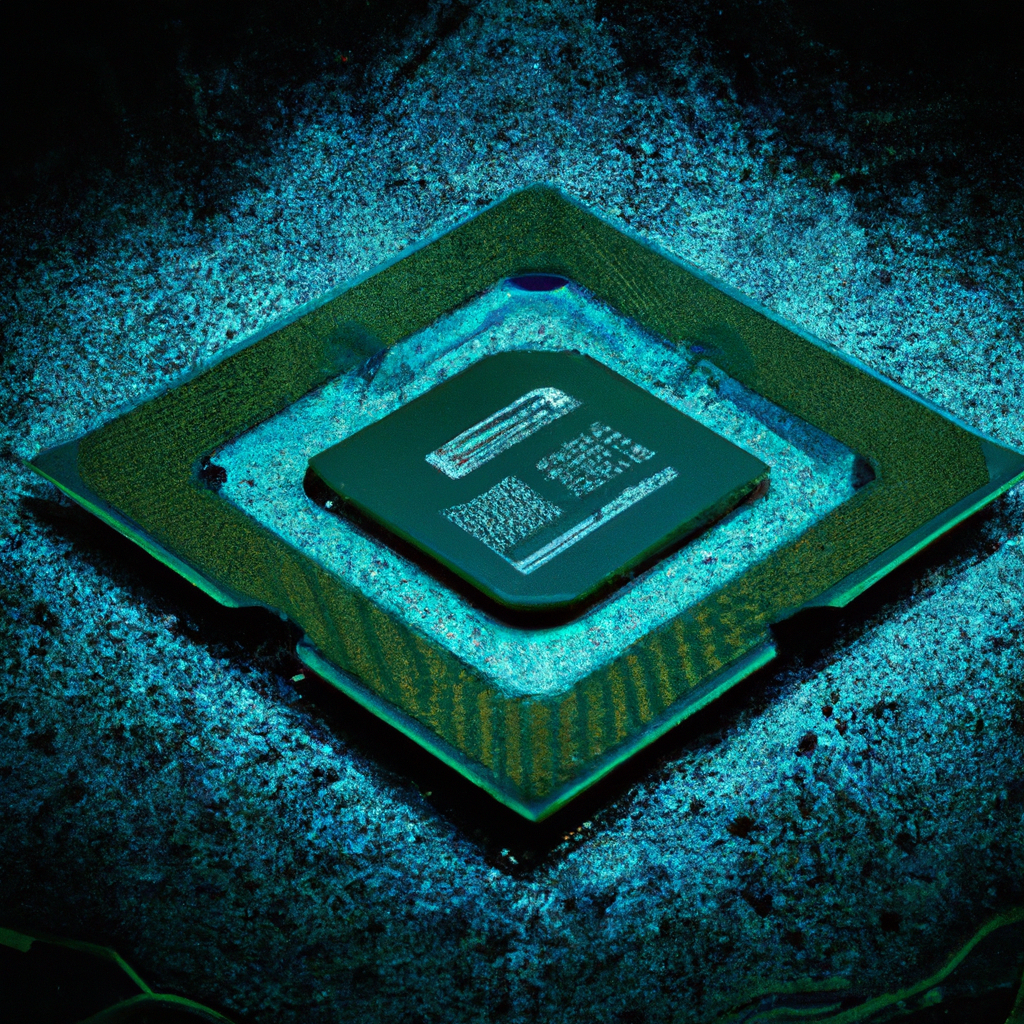
– Processor: The processor is the brain of your computer. It’s important to choose a processor that can handle the tasks you’ll be using your computer for. If you’re a gamer or video editor, you’ll want a powerful processor.
– Graphics card: The graphics card is responsible for rendering images and video. If you’re a gamer or video editor, you’ll want a powerful graphics card.
– RAM: RAM (random access memory) is responsible for storing data that your computer is currently using. The more RAM you have, the more programs you can run simultaneously.
– Storage: There are two types of storage: hard disk drives (HDDs) and solid-state drives (SSDs). HDDs are cheaper but slower, while SSDs are faster but more expensive. Consider how much storage you’ll need and which type of drive is best for your needs.
– Motherboard: The motherboard is the main circuit board that connects all the components of your computer. It’s important to choose a motherboard that’s compatible with your other components.
– Power supply: The power supply is responsible for providing power to your computer. It’s important to choose a power supply that can handle the power requirements of your other components.
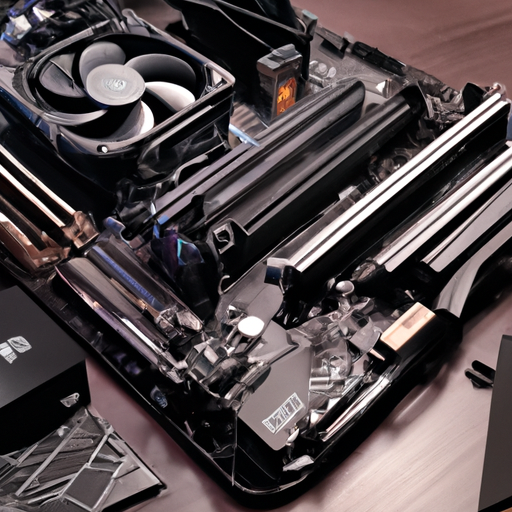
Building Your Computer: Step-by-Step Guide for Beginners
Building your own computer can be intimidating, but it’s not as difficult as it may seem. Here’s a step-by-step guide for beginners:
1. Gather your components: Make sure you have all the components you need before you start building.
2. Prepare your workspace: Make sure you have a clean, well-lit workspace with plenty of room to work.
3. Install the power supply: Install the power supply in the case and connect the necessary cables.
4. Install the motherboard: Install the motherboard in the case and connect the necessary cables.
5. Install the processor: Install the processor in the motherboard and attach the cooling fan.
6. Install the RAM: Install the RAM in the motherboard.
7. Install the graphics card: Install the graphics card in the motherboard.
8. Install the storage: Install the storage (HDD or SSD) in the case and connect the necessary cables.
9. Connect the case fans: Connect the case fans to the motherboard.
10. Connect the power button: Connect the power button to the motherboard.
#Sponsored adTablets under £100 | eBay. Shop great value Apple, Huawei & more.
Troubleshooting Common Issues During the Build Process
It’s not uncommon to encounter issues during the build process. Here are some common issues and how to troubleshoot them:
– The computer won’t turn on: Make sure all the cables are connected properly and the power supply is turned on.
– The computer turns on but nothing appears on the screen: Make sure the monitor is connected properly and turned on. Check that the graphics card is seated properly in the motherboard.
– The computer is running slowly: Make sure all the components are compatible with each other. Check that the cooling system is working properly and the computer isn’t overheating.
Installing and Configuring Your Operating System
Once you’ve built your computer, you’ll need to install and configure your operating system. Here’s how:
1. Insert the installation media: Insert the installation media (CD or USB drive) into your computer.
2. Boot from the installation media: Restart your computer and boot from the installation media.
3. Follow the prompts: Follow the prompts to install the operating system.
4. Configure the operating system: Once the operating system is installed, configure it to your liking.
Maintaining and Upgrading Your DIY Computer
Maintaining and upgrading your DIY computer is important to keep it running smoothly. Here are some tips:
– Keep your computer clean: Dust and debris can clog up your computer’s cooling system, causing it to overheat. Regularly clean your computer to prevent this.
– Update your drivers: Make sure your drivers are up to date to ensure optimal performance.
– Upgrade your components: As your needs change, consider upgrading your components to keep up with demand.
Comparing DIY Builds to Pre-Built Options: Which is Right for You?
When deciding between a DIY build and a pre-built option, it’s important to consider your needs and budget. While building your own computer can be cheaper and more customizable, it requires technical knowledge and a significant time investment. Pre-built options may be more expensive, but they’re often easier to set up and require less technical knowledge.
Conclusion: Is Building Your Own Computer Worth It?
Building your own computer can be a rewarding experience, but it’s not for everyone. It requires technical knowledge and a significant time investment, but it also allows for customization and cost savings. When deciding whether to build your own computer, consider your needs and budget, and weigh the pros and cons carefully.
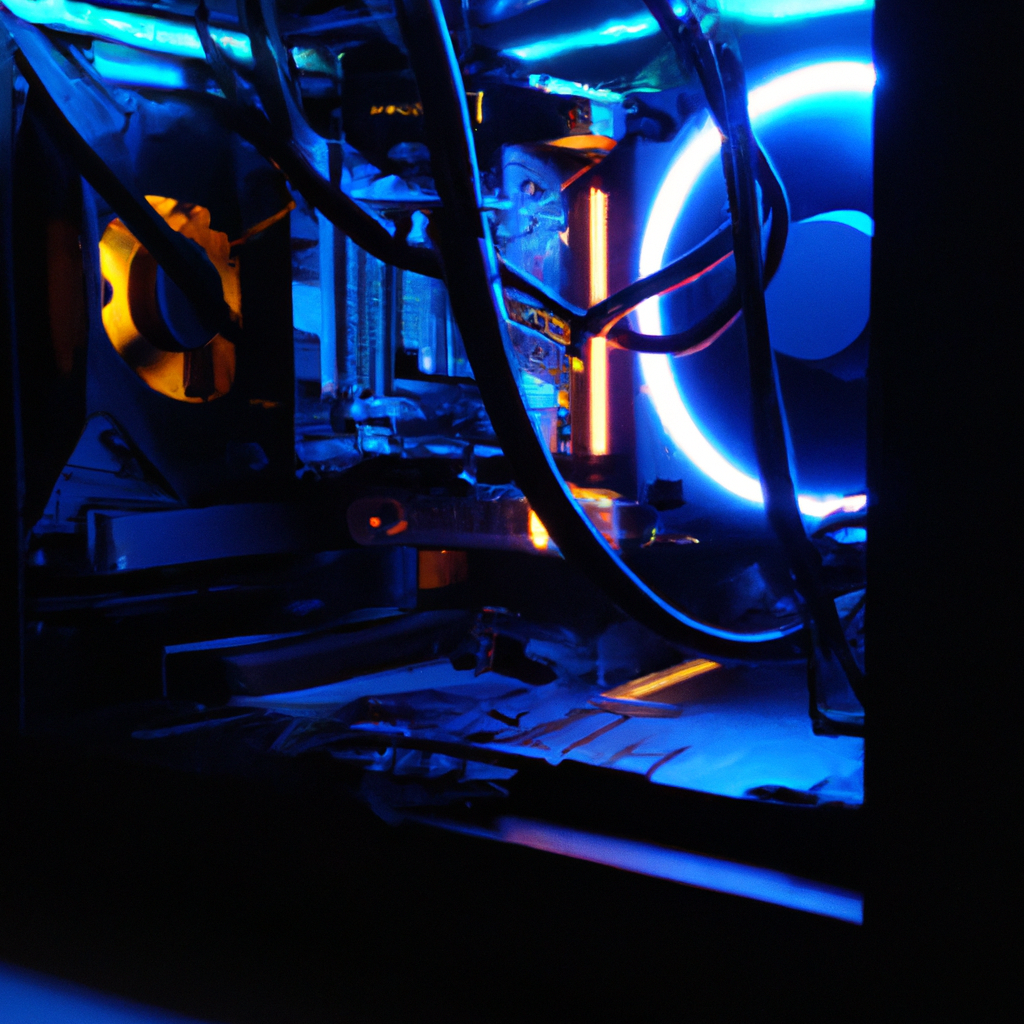
Introduction: The Growing Popularity of Building Your Own Computer
Building your own computer has become increasingly popular in recent years, with more and more people opting to take on the challenge of assembling their own custom PC. This trend can be attributed to a number of factors, including the desire for greater customization and personalization, better performance and upgradability, and potential cost savings in the long run.
However, building your own computer is not without its drawbacks. Higher upfront costs, time and effort required, technical knowledge and skill required, limited warranty and support, and compatibility and troubleshooting issues are all potential challenges that must be considered before embarking on this endeavour.
In this guide, we will explore the pros and cons of building your own computer, providing beginners with a comprehensive overview of what to expect and what to consider before taking on this exciting but challenging project.
Pro: Customization and Personalization
One of the biggest advantages of building your own computer is the ability to customize and personalize your system to meet your specific needs and preferences. When you build your own computer, you have complete control over the components and features that go into your system, allowing you to create a machine that is tailored to your unique requirements.
For example, if you are a gamer, you may want to prioritize graphics performance and invest in a high-end graphics card. Alternatively, if you are a content creator, you may want to focus on CPU performance and invest in a powerful processor. By building your own computer, you can choose the components that best suit your needs and budget, rather than being limited to pre-built systems that may not meet your requirements.
In addition, building your own computer allows you to personalize the aesthetics of your system. You can choose a case that reflects your personal style, add custom lighting or other visual elements, and even customize the software and user interface to your liking.
Con: Higher Upfront Costs
While building your own computer can offer greater customization and personalization, it also comes with higher upfront costs. When you build your own computer, you must purchase all of the individual components separately, which can add up quickly.
In addition, building your own computer requires specialized tools and equipment, such as screwdrivers, pliers, and thermal paste, which can also add to the overall cost. While these tools may be reusable for future builds, they still represent an additional expense that must be considered.
Furthermore, if you are not familiar with the components and their compatibility, you may end up purchasing components that are not compatible with each other, which can result in additional costs and delays.
Pro: Better Performance and Upgradability
Another advantage of building your own computer is the potential for better performance and upgradability. When you build your own computer, you can choose the components that offer the best performance for your needs and budget, rather than being limited to pre-built systems that may not offer the same level of performance.
In addition, building your own computer allows for greater upgradability in the future. As technology advances and your needs change, you can easily upgrade individual components, such as the CPU, graphics card, or storage, without having to replace the entire system.
Con: Time and Effort Required
Building your own computer requires a significant amount of time and effort. From researching components and compatibility to assembling the system and troubleshooting any issues that arise, building a custom PC can be a time-consuming and challenging process.
In addition, if you are not familiar with the components and their compatibility, you may need to spend additional time researching and learning about each component before making a purchase. This can add to the overall time and effort required to build your own computer.
Pro: Learning Experience and Satisfaction
Building your own computer can be a rewarding learning experience, allowing you to gain a deeper understanding of how computers work and how the individual components interact with each other. By building your own computer, you can develop valuable technical skills and knowledge that can be applied to future projects.
In addition, building your own computer can provide a sense of satisfaction and accomplishment. Seeing your custom-built system come to life and perform as expected can be a rewarding experience that is hard to replicate with a pre-built system.
Con: Technical Knowledge and Skill Required
Building your own computer requires a certain level of technical knowledge and skill. If you are not familiar with the components and their compatibility, you may need to spend additional time researching and learning about each component before making a purchase.
In addition, assembling the system requires a certain level of technical skill, including the ability to connect cables, install components, and troubleshoot any issues that arise. If you are not comfortable with these tasks, building your own computer may not be the best option for you.
Pro: Control Over Components and Features
Building your own computer provides complete control over the components and features that go into your system. This allows you to choose components that offer the best performance for your needs and budget, rather than being limited to pre-built systems that may not offer the same level of customization.
In addition, building your own computer allows you to choose the software and user interface that best suits your needs and preferences. This can result in a more streamlined and efficient system that is tailored to your unique requirements.
Con: Limited Warranty and Support
When you build your own computer, you are responsible for the warranty and support of each individual component. This can be a challenge if you are not familiar with the warranty and support policies of each manufacturer.
In addition, troubleshooting any issues that arise can be more difficult when you are dealing with multiple components from different manufacturers. This can result in longer wait times for support and potentially higher repair costs.
Pro: Potential Cost Savings in the Long Run
While building your own computer comes with higher upfront costs, it can potentially result in cost savings in the long run. By choosing components that offer the best performance for your needs and budget, you can avoid paying for unnecessary features and components that may be included in pre-built systems.
In addition, building your own computer allows for greater upgradability in the future, which can extend the lifespan of your system and delay the need for a complete replacement.
Con: Compatibility and Troubleshooting Issues
Building your own computer requires a certain level of technical knowledge and skill, including the ability to troubleshoot any compatibility issues that arise. If you are not familiar with the components and their compatibility, you may end up purchasing components that are not compatible with each other, which can result in additional costs and delays.
In addition, troubleshooting any issues that arise can be more difficult when you are dealing with multiple components from different manufacturers. This can result in longer wait times for support and potentially higher repair costs.
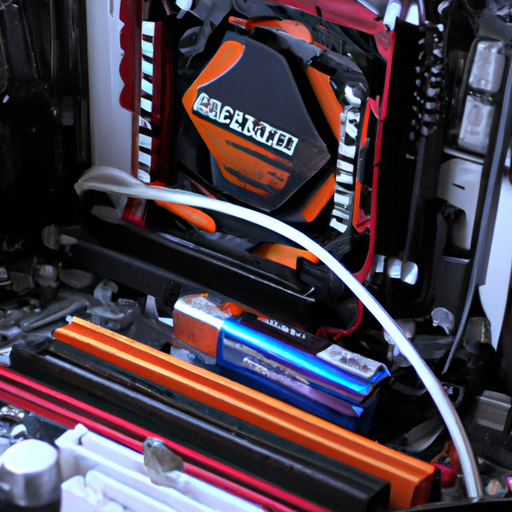
Conclusion: Is Building Your Own Computer Right for You?
Building your own computer can offer greater customization and personalization, better performance and upgradability, a rewarding learning experience, and potential cost savings in the long run. However, it also comes with higher upfront costs, time and effort required, technical knowledge and skill required, limited warranty and support, and compatibility and troubleshooting issues.
Before embarking on this endeavour, it is important to carefully consider your needs and preferences, as well as your technical knowledge and skill level. If you are comfortable with the challenges and potential benefits of building your own computer, it can be a rewarding and satisfying experience that allows you to create a custom system that meets your unique requirements.
For some great deals on computer components try ” www.baztex.com “




